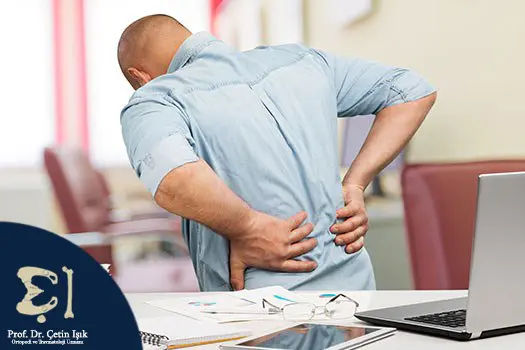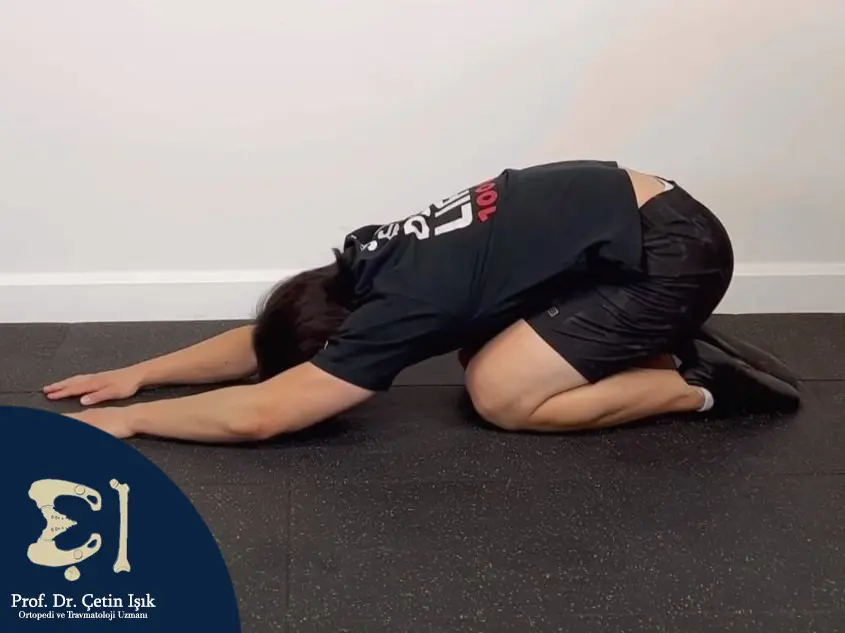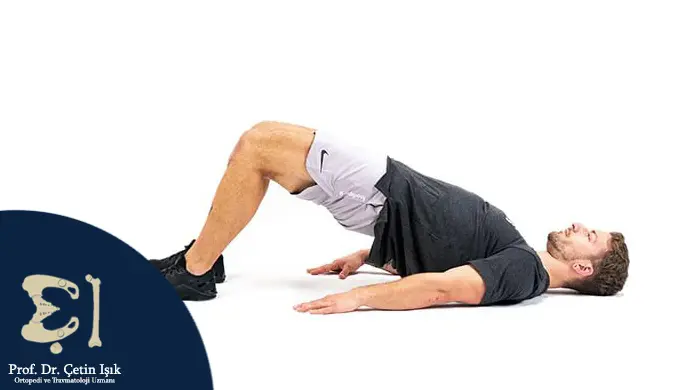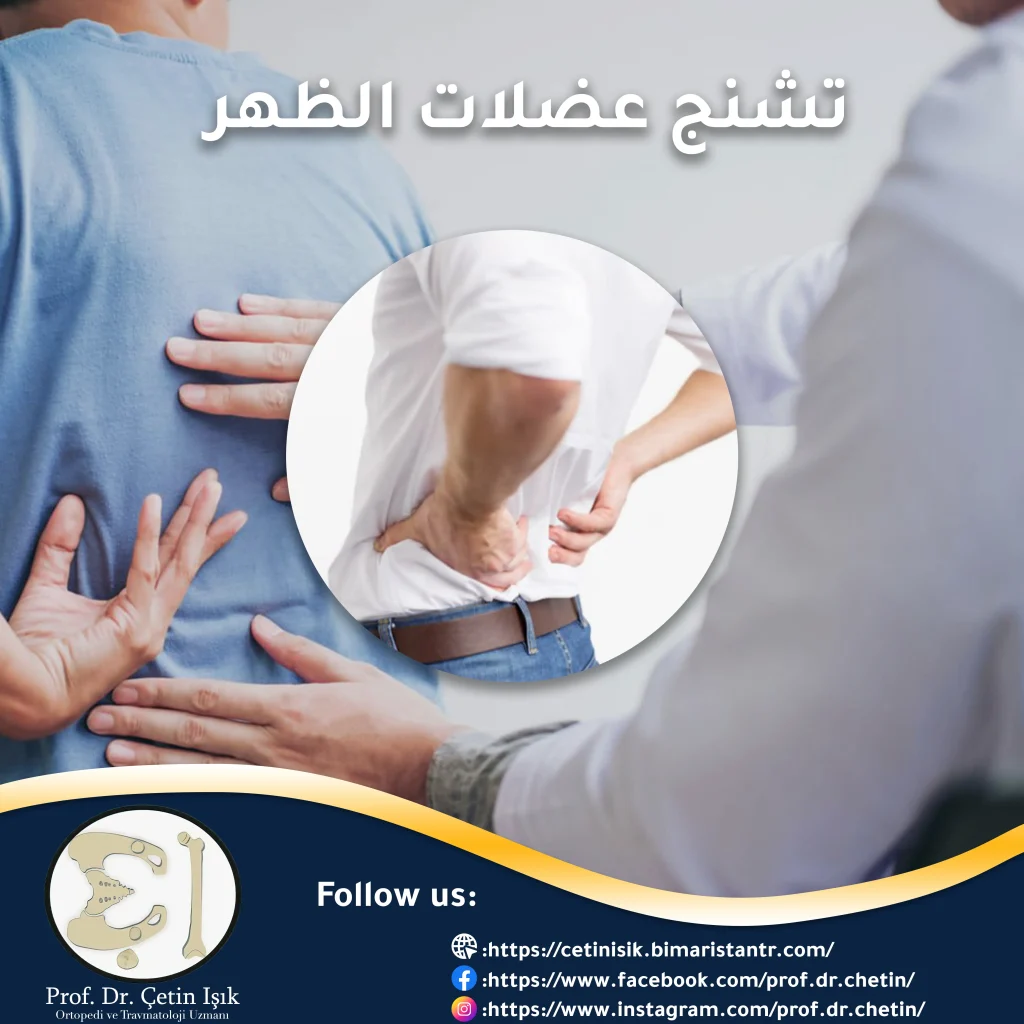Back muscle spasm is a common condition characterized by feeling sudden contractions in the back that occur as a result of many reasons, which leads to difficulty moving the muscles, which affects the person’s natural movement.
The occurrence of back muscle spasm may indicate the presence of serious diseases such as ankylosing spondylitis. Let us learn together about back muscle spasm, its causes, and ways to prevent it.
A glimpse of back muscle spasm
Back muscle spasm is a sudden, involuntary and painful contraction of the back muscles. The spasm occurs as a result of many reasons, the most important of which is insufficient use of the back muscles (such as sitting for long periods of time) or excessive use and strain on them.
Although any muscle can go into spasm; However, lower back spasm is the most common, and back muscle strain occurs frequently in athletes and those who lift heavy objects. Its severity ranges from rare spasms with mild discomfort to chronic spasms accompanied by severe pain that makes it difficult to move.
Most attacks of back spasms may last for several hours and even several days, and some severe cases may last for about six to eight weeks, but the spasms and pain usually subside gradually during this period, allowing for normal movement and a return to activity.

Causes of back muscle spasm
Causes of back spasm include:
- Not using the back muscles, such as sitting for long periods and not exercising
- Excessive use of muscles, which leads to fatigue, such as practicing extreme sports activities such as football, golf, and lifting heavy weights
- Dehydration and not drinking enough water and the resulting imbalance of electrolytes (potassium-calcium)
- Exposure to injuries to the muscles, tendons, or ligaments in the back
- Some psychological conditions, such as anxiety and stress, may cause muscle spasm in the back
- Pathological causes such as epidural abscessOsteoarthritis andAnkylosing spondylitis (sclerosis), ruptured disc in the spine, stiff person syndrome, and tumors
Read more about: Golfer's elbow
Symptoms of back muscle spasm
Common symptoms felt when a back spasm occurs may include:
- Pain on one or both sides of the back
- Difficulty bending or moving
- Tingling sensation (cramps)
- General weakness
- Hip pain (severe cases)
Diagnosis of back muscle spasm
The underlying cause of muscle spasm in the back can be diagnosed through the clinical history, which includes knowing the symptoms that the patient suffers from and how they begin and persist, in addition to a clinical examination through which the patient’s back movement (bending) is evaluated.
Your doctor may order a plain radiograph (X-RAY) to look for signs of arthritis or a broken bone, and may perform magnetic resonance imaging (MRI), computed tomography (CT-Scan), or electromyography (EMG) tests to obtain Better look at muscles and other soft tissues.
Treatment of back muscle spasm
Organized treatment programs have been developed that include alleviating back spasms and managing medical conditions that cause muscle strain in the back. Treatment options for back spasms include both home treatment and physical therapy.
Home treatment
Home treatment options for back muscle strain include some lifestyle changes in addition to medications to treat back spasms, including:
- Rest and avoid activities that aggravate cramps and pain
- Over-the-counter pain relievers such as nonsteroidal anti-inflammatory drugs (NSAIDs) such as ibuprofen and naproxen
- Muscle relaxant such as cyclobenzaprine, metaxalone, or methocarbamol
- Take a hot bath to relax your back muscles
- Massage the back with your hands or using a roller and practice stretching exercises
- Use hot and cold compresses to relieve cramps and pain

Physical therapy
Back stretching exercises can be helpful in strengthening the muscles to reduce the frequency of back spasms.
Child's pose:
- Place your knees on the floor and space them apart
- Then stretch up and bend forward so that your chest reaches your thighs
- Extend your arms in front of your head, palms down and elbows on the floor
- Maintain this position for 30 seconds to one minute

Hip lifts
- Lie on your back with your knees bent and feet on the floor
- Place your hands by your sides and gently lift your hips a few inches off the floor and hold this position for 5 seconds
- Repeat 5-10 times

Cat-cow pose
- Place your knees on the floor under your hips and your hands flat on the floor in line with your shoulders
- Take a deep breath and arch your back while extending your head back
- Then exhale and round your back while pushing your chin towards your chest
- Repeat 5-10 times

Preventing back muscle spasm
Preventing back spasms is necessary, especially if spasms have occurred previously. Methods of preventing back spasms include the following:
- Posture correction techniques (sitting with good posture)
- Do regular exercise
- Quit Smoking
- Lose weight
- Drink enough water
- Get up and stretch after sitting for 30 minutes
Back muscle spasms occur as a result of many possible causes, such as muscle fatigue and anxiety. These spasms often resolve through the use of home treatment methods. Persistent or severe back spasms may require the help of a doctor to treat their cause and return quickly and safely to your previous activity.
Sources:
Common questions
Symptoms of back muscle spasm include pain, difficulty bending or moving, tingling sensations (cramps), and general weakness.
There are many reasons for muscle tension in the back, including sitting for long periods, not exercising, muscle strain, lifting heavy weights, not drinking enough water, exposure to injuries and psychological conditions such as anxiety and stress, and some pathological causes such as epidural abscess, atherosclerotic spondylitis, ruptured disc in the spine, and tumors.
Muscle tension can be relieved by resting, taking a hot bath to relax the muscles, massaging the back, and using hot and cold compresses to relieve spasms and pain.
Treatment for back muscle spasm includes home treatment, which includes rest, avoiding activities that aggravate spasms, taking over-the-counter pain relievers and muscle relaxants, taking a hot bath, back massage, stretching exercises, hot and cold compresses, and physical therapy, which includes some exercises.
A spasm of the back muscles takes several seconds, minutes, hours, or even several days.




